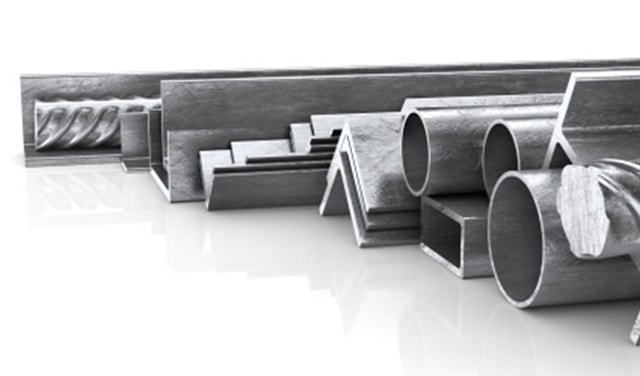“Automotive electronics, which may include everything from displays to in-car systems, are set to account for an estimated 45% of a car’s manufacturing cost by 2030, according to a Deloitte report,” reports this article from Bloomberg. Clearly a component in demand, semiconductors have expanded the driving experience immensely for consumers.
But the most advanced electronics in the world don’t matter if dealers can’t get enough new cars on their lots. You’ve probably heard about the current shortage of semiconductors, and how it’s impacting the automotive industry.
As with many manufacturing processes, a delay or shortage upstream can cause the entire production line to slow down or grind to a halt. It’s happening right now in the auto industry with semiconductors, but a similar crunch has hit raw materials like metals too. Let’s take a closer look.
Interdependent Links in the Supply Chain
It’s difficult to identify a single factor causing the current supply chain disruptions. Global raw material production, transportation, and labor issues present a number of variables that affect the outcomes in any year, but 2020 truly was a record year for additional complications. The result is lingering material shortages, longer lead times, and higher prices.
Each of these forces is currently at play in the supply chain:
- Higher reliance on domestic steel. Tariffs on steel from China encouraged domestic production and sales until the COVID-19 pandemic forced most US mills to slow production. As a result, there are fewer sources for raw materials and limited supplies.
- Weather creates transportation problems. Storms and extreme weather pummeled parts of the US through 2020 and the first quarter of 2021, disrupting logistics routes and delaying deliveries.
- Reduced labor supply. There has been a widespread general shortage of workers across the supply chain due to the pandemic. This means slower unloading and distribution of materials, inability to manufacture components, and reduced productivity overall.
- Shipping container shortages. Due to overloaded ports packed with full containers, some suppliers are unable to ship out raw materials.
- Increased consumer purchasing and home delivery. Stuck at home for weeks and months on end, consumers have been buying more goods than services. This has diverted drivers and logistical systems to the retail sector and away from industrial and supply chain transportation.
- Reliability of transportation companies. With limited driver availability, some companies were understaffed and unable to make deliveries on time, adding to lead times and production delays.
And the culmination of these factors is that companies who can’t source sufficient quantities of sheet metals, foils, coatings, and other components face challenges manufacturing parts and assemblies for OEMS they supply.
Metal Supply and US Mills
As the pandemic worsened and the US economy slowed, steel mills also cut their production. As a result, vehicle, appliance, and other manufacturers who were able to continue production (and certainly many were not), faced higher prices and limited supply. Now at the end of the first quarter of 2021, Reuters notes that “domestic steel mills that idled furnaces last year amid fears of a prolonged pandemic-induced economic downturn have been slow in ramping up production, despite a recovery in demand for cars and trucks, appliances, and other steel products.” As a result, domestic steel prices remain higher than the global average, prompting some to point out that the high prices on imported steel are still lower.
Now with demand for cars, trucks, and appliances growing, demand for steel and other metals is increasing. It remains to be seen if tariffs will continue and what effect that will have on domestic metals prices.
It shouldn’t be surprising when a system as large as the global manufacturing economy comes back online, some components are up and running sooner than others. Automakers are producing at a pre-pandemic rate (or greater) but due to supply chain shortages, they are unable to release vehicles to dealerships. This is due to certain components being unavailable at this time. It remains to be seen if these are short- or long-term supply chain issues as well as how inflation will continue to impact prices.
Find a Stamper you Trust
Metals prices are influenced by more than just the pandemic, as we’ve written about before. At a time like this, it is critical that you work with a precision stamping supplier that understands the ups and downs of the raw materials markets and can leverage purchasing power to secure materials during difficult times.
It’s also important to review your design in terms of alternative or substitute materials or processes and for ways to minimize scrap. An experienced stamper can be a valuable partner when it comes to optimizing your design for manufacturability.
At CEP Technologies, our goal is to keep your production lines going. That means sourcing raw materials with an eye to the future of the market so we can stamp the parts you need when you need them. Please contact us to discuss your miniature to small stamping requirements!

